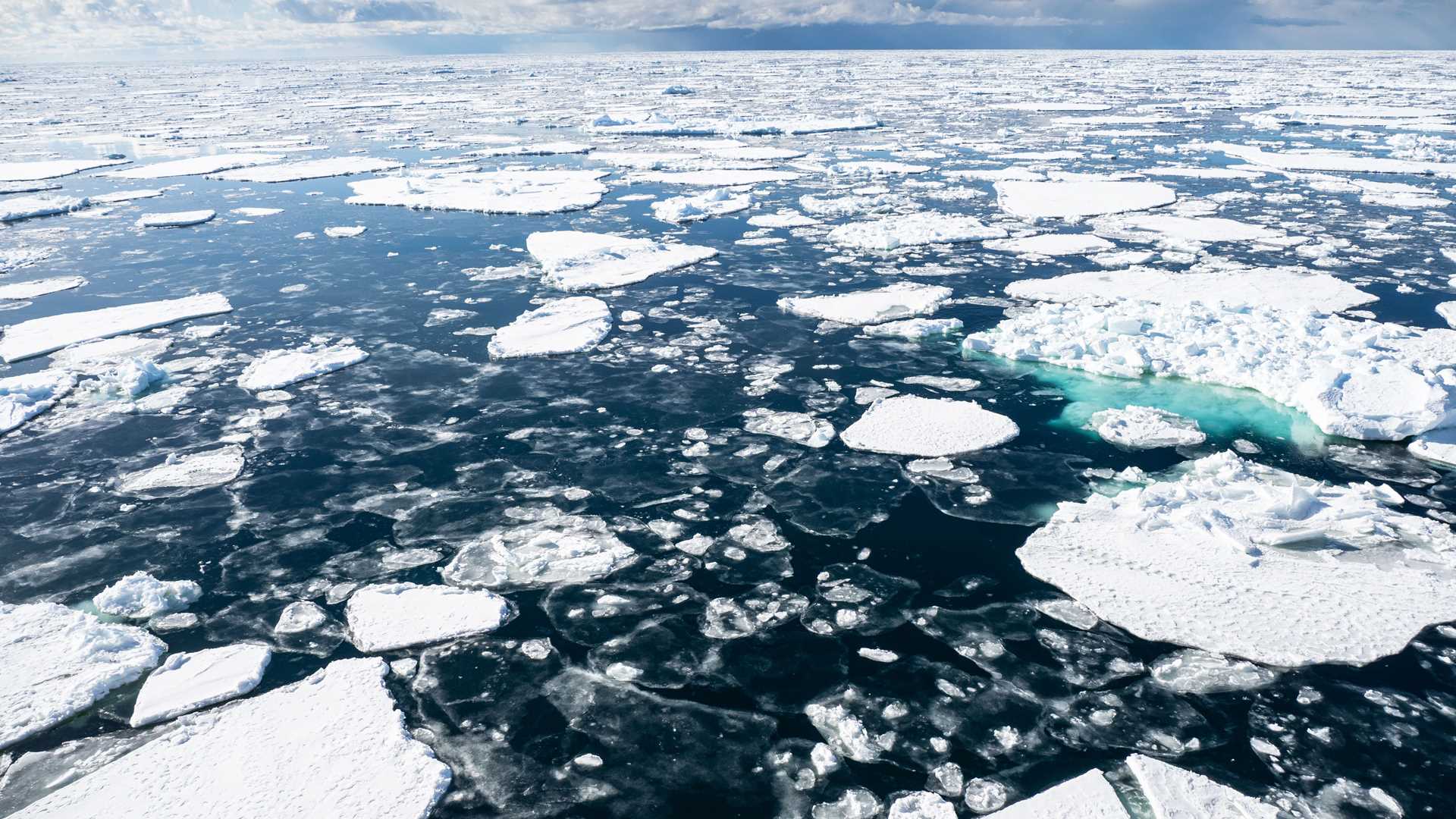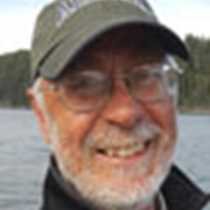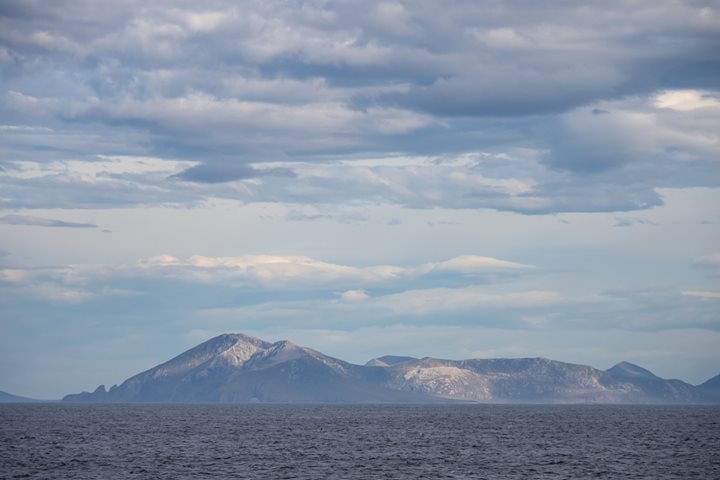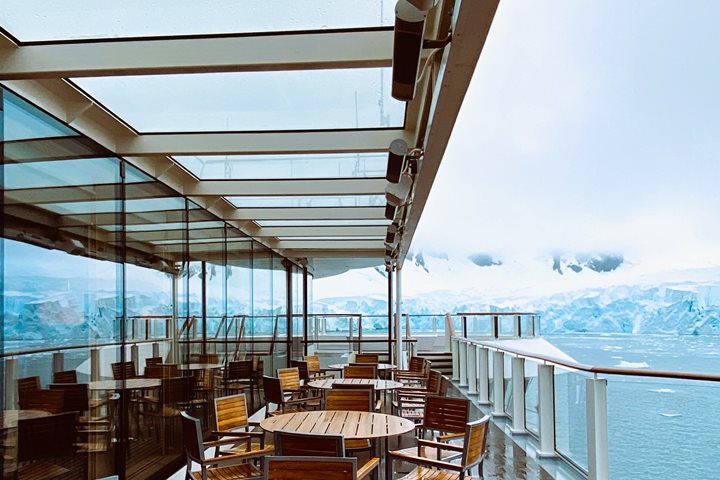Today was one of those days that feels like the world is singing. It is a sea day but there is no wind, and the sun is sparkling off the sea ice. The ship is traveling the exact speed of the prevailing wind and so the decks are windless. We tap and bump our way through sea ice covered with tracks of seals and footprints of penguins. Many of us are walking laps around the deck, enjoying the smooth seas and sunshine.
Occasionally, we find a lone emperor penguin standing on the pack ice. Then we waken sleeping Weddell seals and crabeater seals as our ship passes by.
We are in a blue and white world where the sun never sets, the beauty is unending, and the life around us is like nowhere else on earth.









